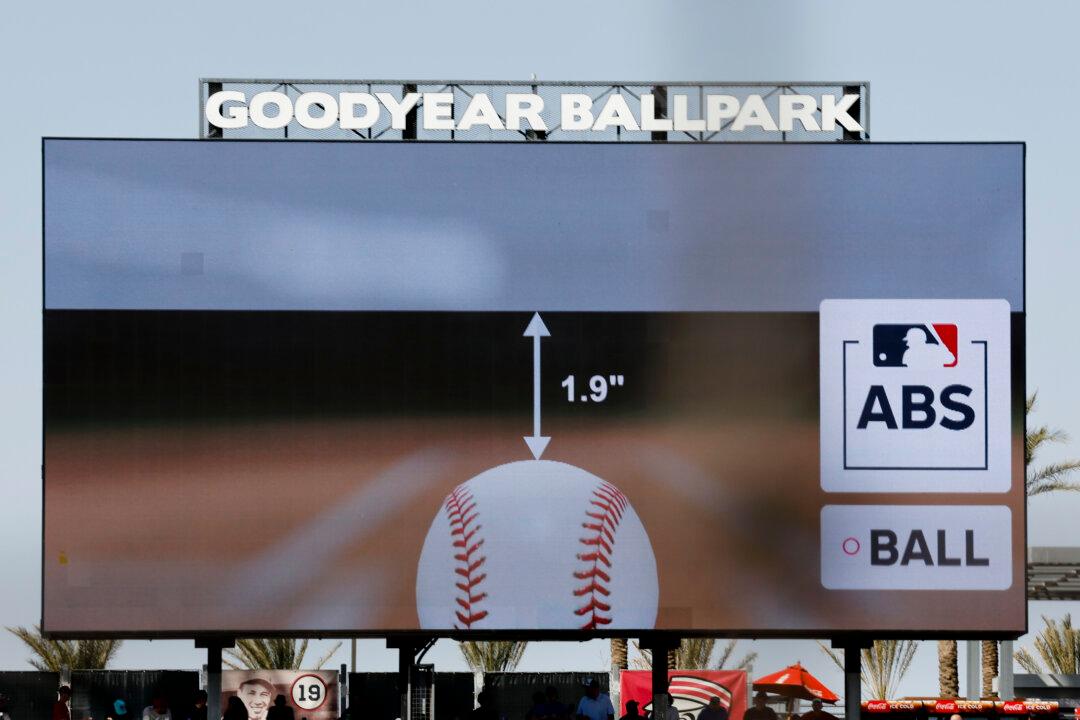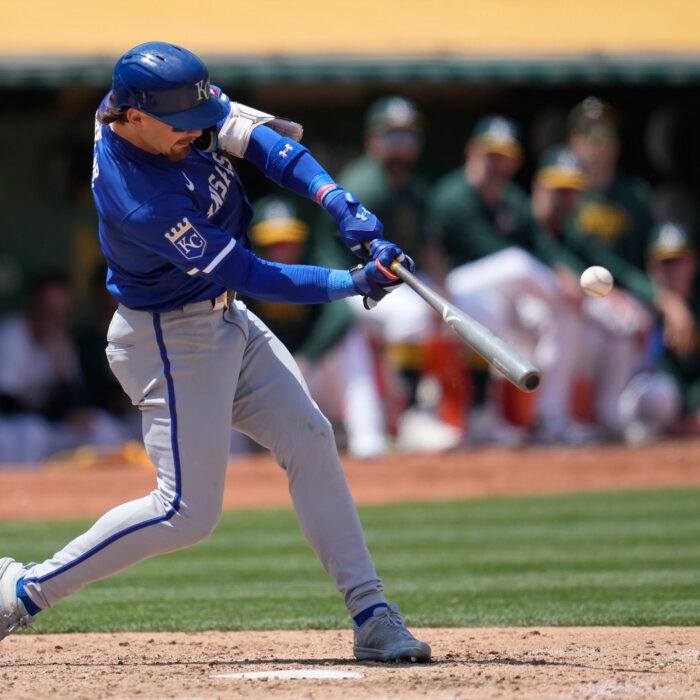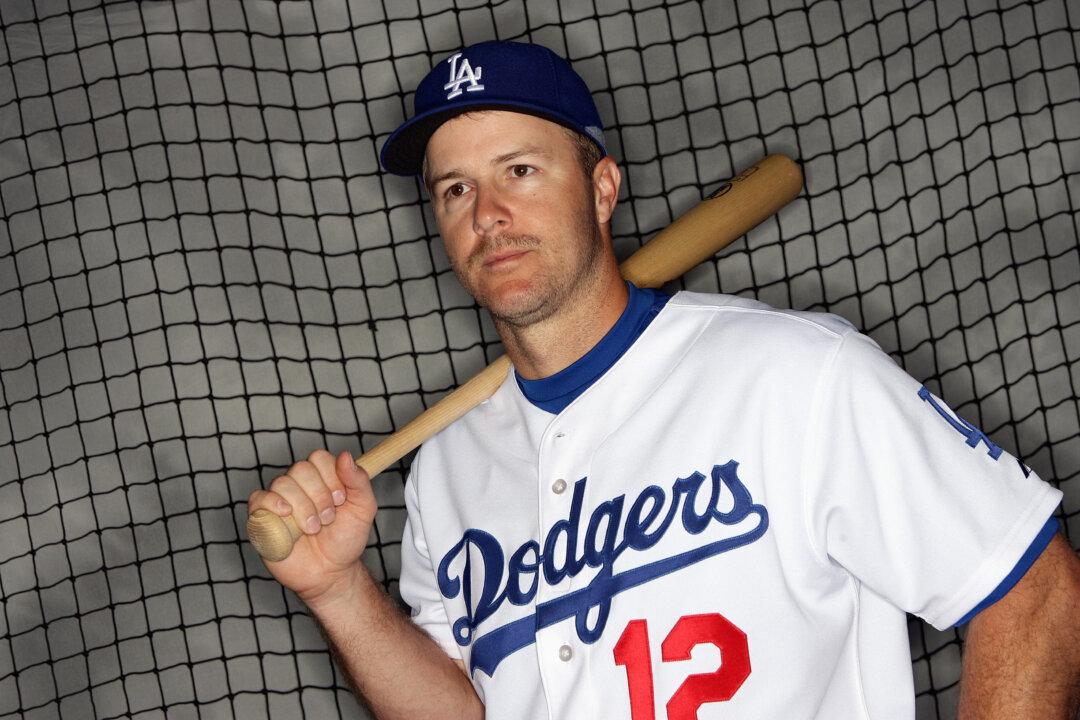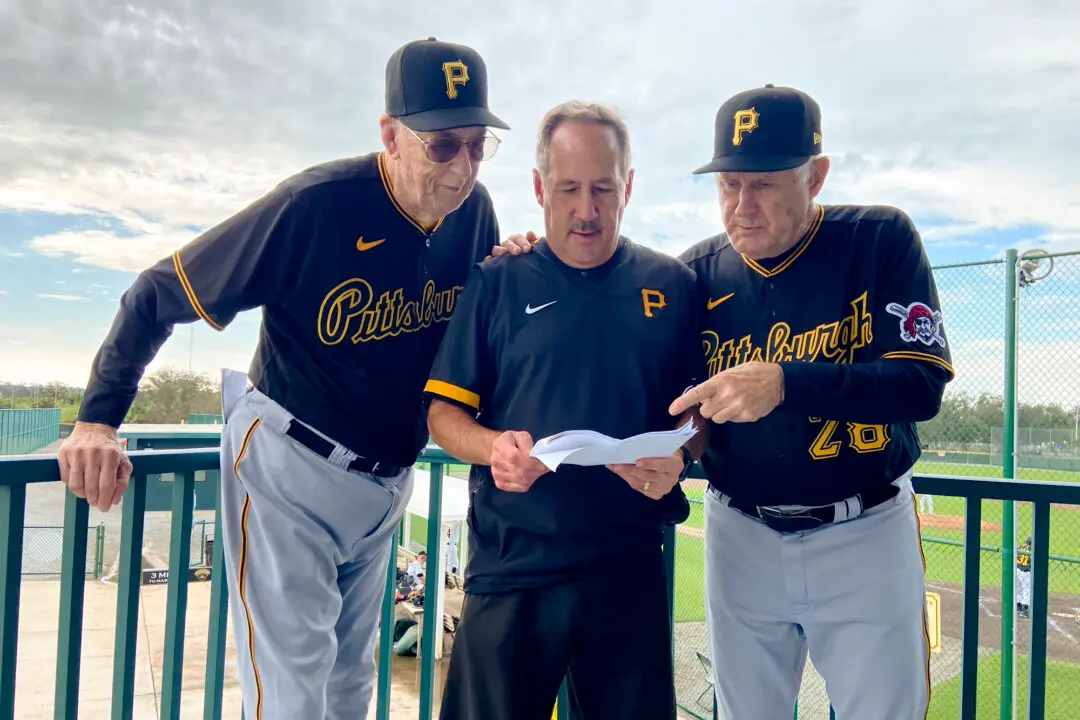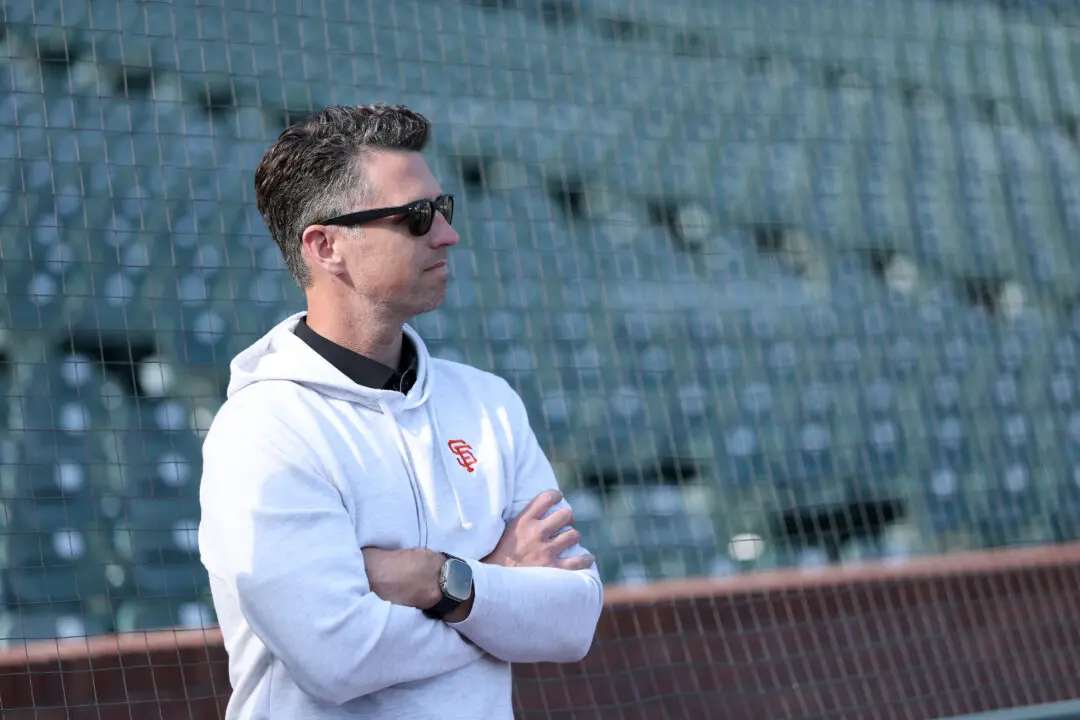So, how did the audition of MLB’s ABS (Automatic Balls-Strike) challenge system go during the recently completed spring training schedules in Florida and Arizona?
Big decisions are on baseball’s horizon regarding if or when the ABS system will be adopted for regular season competition. When the MLB hierarchy next meets to weigh the input from those directly affected by having the system in play, there’s a growing sentiment that as early as the 2026 season the ABS will be adopted. Thirteen ballparks throughout Florida’s Grapefruit League and the Cactus League based in Arizona utilized the system during the four-week exhibition game schedules.
First used in the independent professional Atlantic League during the 2019 season, the full ABS system was introduced at MLB’s Triple-A level last June. Thus far, usage during games seems far from a distraction. Results have been given to challenges almost instantaneously.
Only a pitcher, catcher, or batter can request to challenge an umpire’s call. A simple tap to their cap or helmet initiates the challenge and system. Each team receives two challenges per game. If the team that requests a review of the previous ball or strike call is unsuccessful with their challenge, that team will lose one of their challenges.
Removing some of the human element from pitches, that for the most part registered less than one inch away from the strike zone by a “Robo-Ump” as opposed to the man or woman working the plate, has admirers and detractors.
“I think in the end the umpires want to get the calls right. With all the technology that’s already being used during telecasts, they get second guessed all the time anyway,” former MLB player and hitting coach Dave Magadan told The Epoch Times in an email on Tuesday. “They’re graded on how well they call balls and strikes now, it'll just be a little more public and immediate if they go to ABS.”

Perhaps, the ABS system, as Magadan surmises, could push the really poor umpires to bear down and focus on every pitch. Ask an umpire, even one of 30 years of MLB experience and more than 3,200 games on the field making those balls and strikes calls, and you can receive a different perspective on the necessity and validity of the tested ABS system.
“Is the system as accurate as they (MLB) claim?” former umpire Jim Joyce said during a phone call from his home in Oregon with The Epoch Times. “I don’t like ABS; not a fan. What if there is a glitch in the system? What then? The game would be held hostage by a computer system.”
Joyce’s apprehension, although predictable by some, reflects the concerns of those in the dugout as well as in stadium seats. The most dire scenario used by skeptics of marrying an umpire’s trained eye with a computer signal, Game 7 of a World Series. What if (and it’s a big if), bases are loaded, there are two outs in the ninth inning, the score is tied, and a challenge is called? A computer overrides the umpire’s call. How could MLB dig itself out of a kerfuffle of such magnitude?
Could challenges disrupt the flow of games, or at the very least throw a batter or pitcher’s rhythms off? Given that with the results registered in Florida and Arizona, in February and March, displayed on stadium video boards almost instantaneously, one would think delays of any sort have been erased. As Magadan studies what he witnessed during spring training of the ABS system in action, there is little to worry if MLB Commissioner Manfred gives his stamp of approval for the system to be in use next season.
“From a coach’s perspective, the ABS seems like it works pretty quickly, at least the few times I’ve seen it in spring training. I don’t think [ABS] would be disruptive. It won’t throw off hitters’ timing. Especially since most of the hitters have had the experience before the pitch clock when they took forever to get into the batter’s box.”
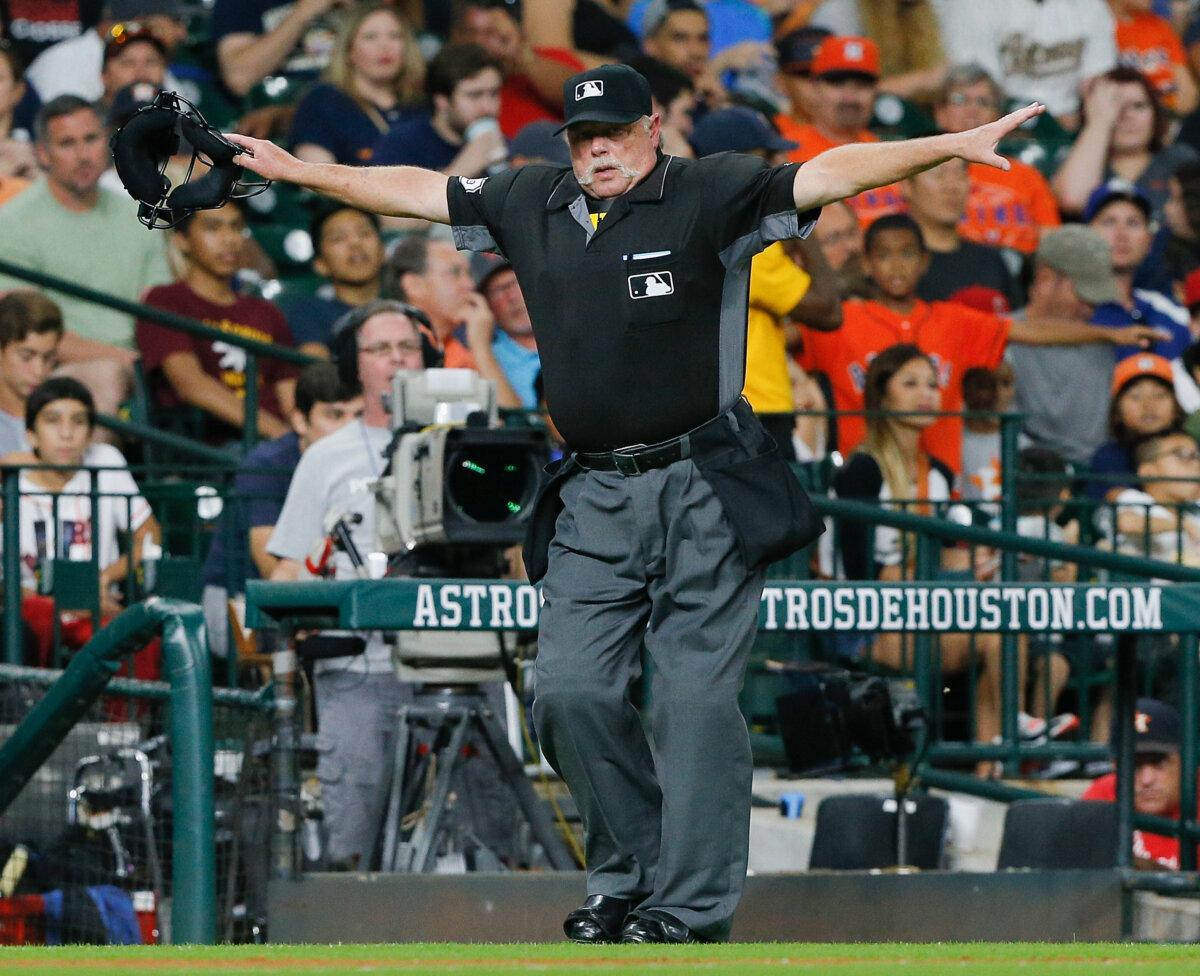
Practice makes perfect. Fans in the ballparks seemed to be interested, curious at the very least, when challenges were made. Eyes fixated on the video board, seeing from multiple angles the computer’s interpretation of the ball’s trajectory and landing spot, the ABS system is an extension to video games that a younger generation of MLB fans appreciates.
“I defy anyone to challenge a pitch that is found to be 5/8-inch off of the plate,” Joyce states of which many in the game would suggest is a swing-your-bat moment.
Getting “it right” is at the top of Manfred’s ledger, when team owners and MLB competition committee members meet next to exchange their findings. Progress is knocking on MLB’s door, once again, to hopefully better serve its fans. Keeping everyone involved on their toes of sharpness, thus far the ABS is being embraced, for the most part, with open arms.
